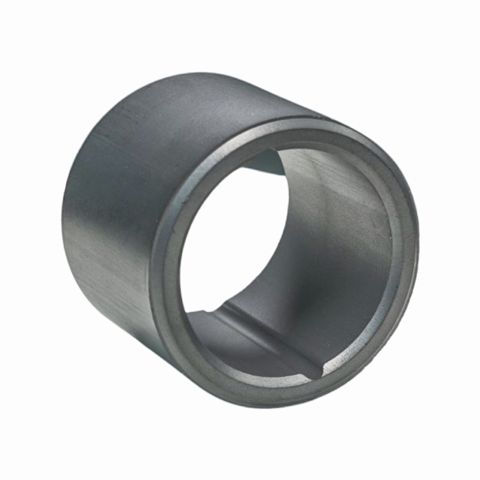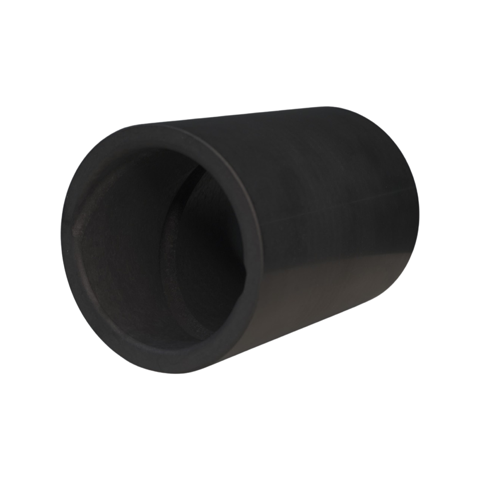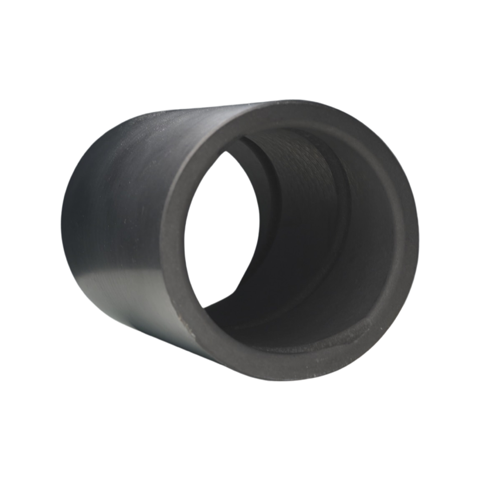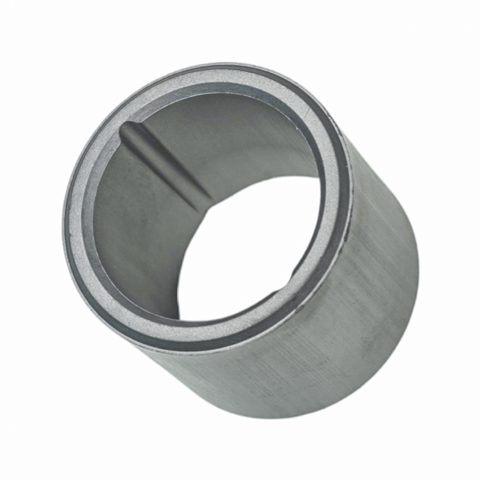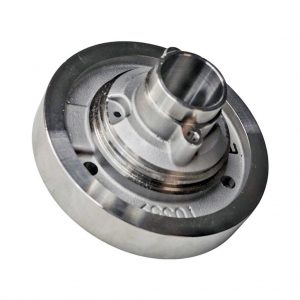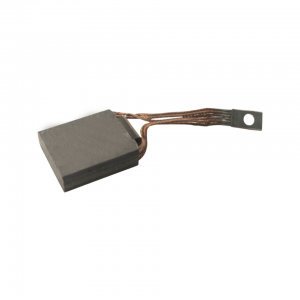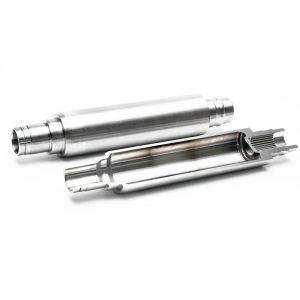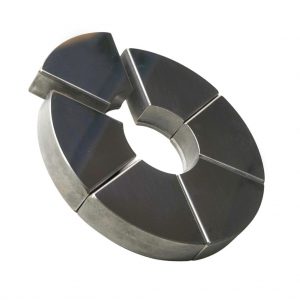Description
INFO #01
Carbon is self lubricating and has a low coefficient of friction. It has low werar rate, it has good hydrodynamic bearing proerties, it has high resistance to thermal shock it is dimensionally stable and can be machined to close tolerance. Avalible with different groove to improve the lubrication performance (vertical or helical grooves).
INFO #02
Ceramic bearings have Improved rigidity, accuracy and precision, less operational vibration, 40% increase in the lifespan of pump application, Higher speeds and lower rolling friction. They are lighter, smoother, stiffer, harder, corrosion resistant, and electrically resistant. They are used in extreme and in special environments.
Specifications
Material
- Tungsten Carbide
- Stainless Steel Ceramic Coated
- Silicon Carbide (SiC)
- High-engineered Plastic
- Ceramic (Al2O3)
- Carbon Graphite Resin Impregnated
- Carbon Graphite Metal Impregnated
- Stainless Steel
Karbotek High-Process expertise
- Inner diameter grinding
- Outer diameter grinding
- Lathe operation
- Hot pressing and cold pressing
- Kilning and impregantion
Applications
- Pumps
- Motors
- Automotive
- Water Technologies
- Refrigeration/Heating Technologies
- Household Appliance
- Food and Beverage
- Industrial

